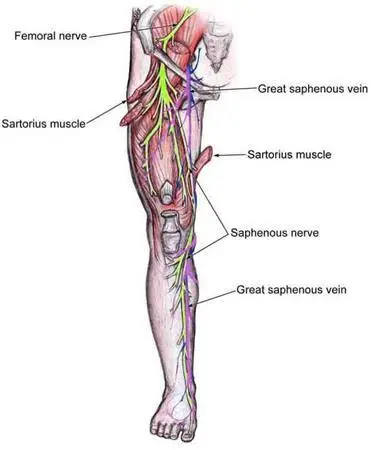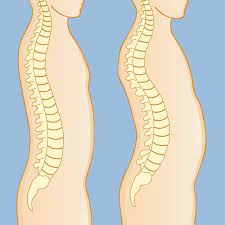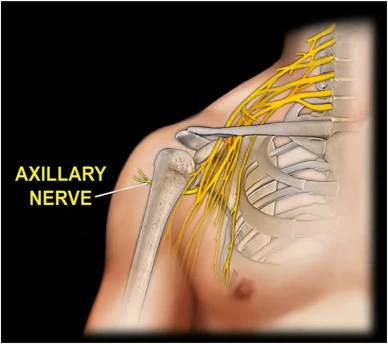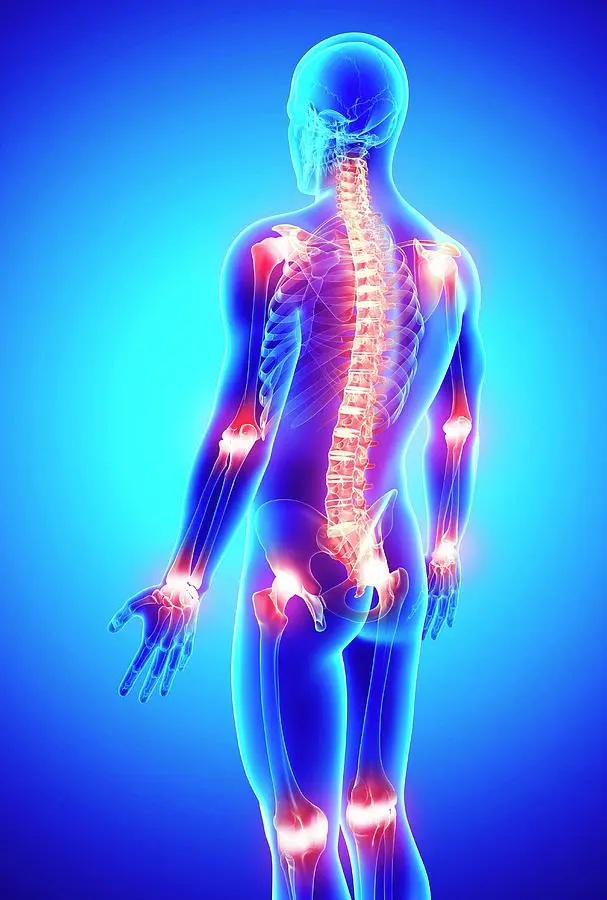Femoral Neuropathy
What is a Femoral Neuropathy? Femoral neuropathy refers to damage or dysfunction of the femoral nerve, a major nerve in the leg that originates from the lumbar plexus of the lower back (specifically from the second, third, and fourth lumbar nerves). The femoral nerve is one of the biggest nerves in the body. It begins…










